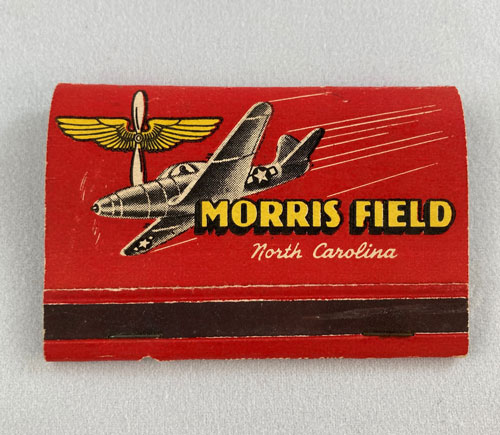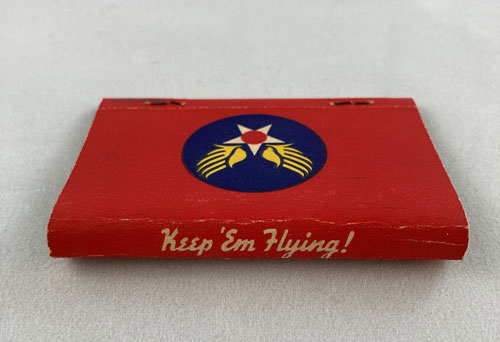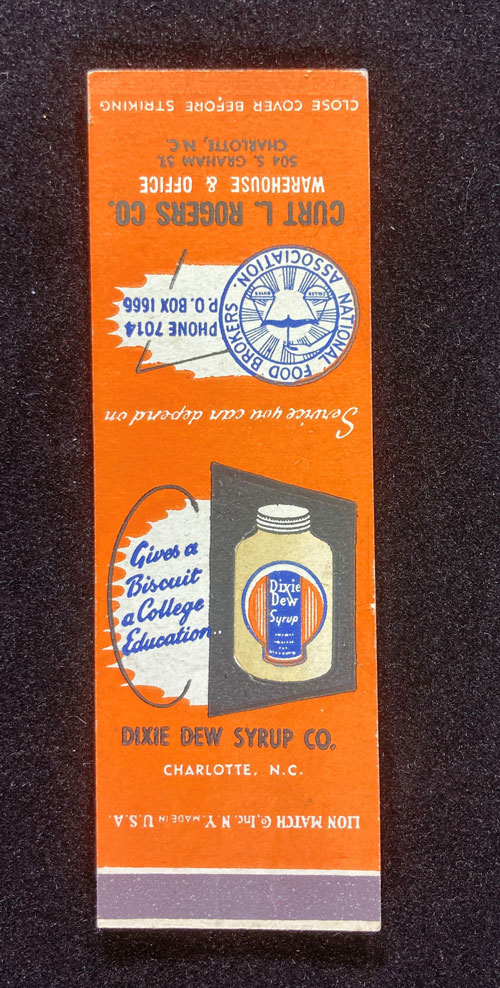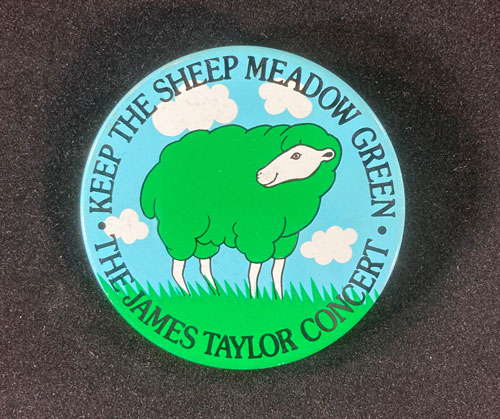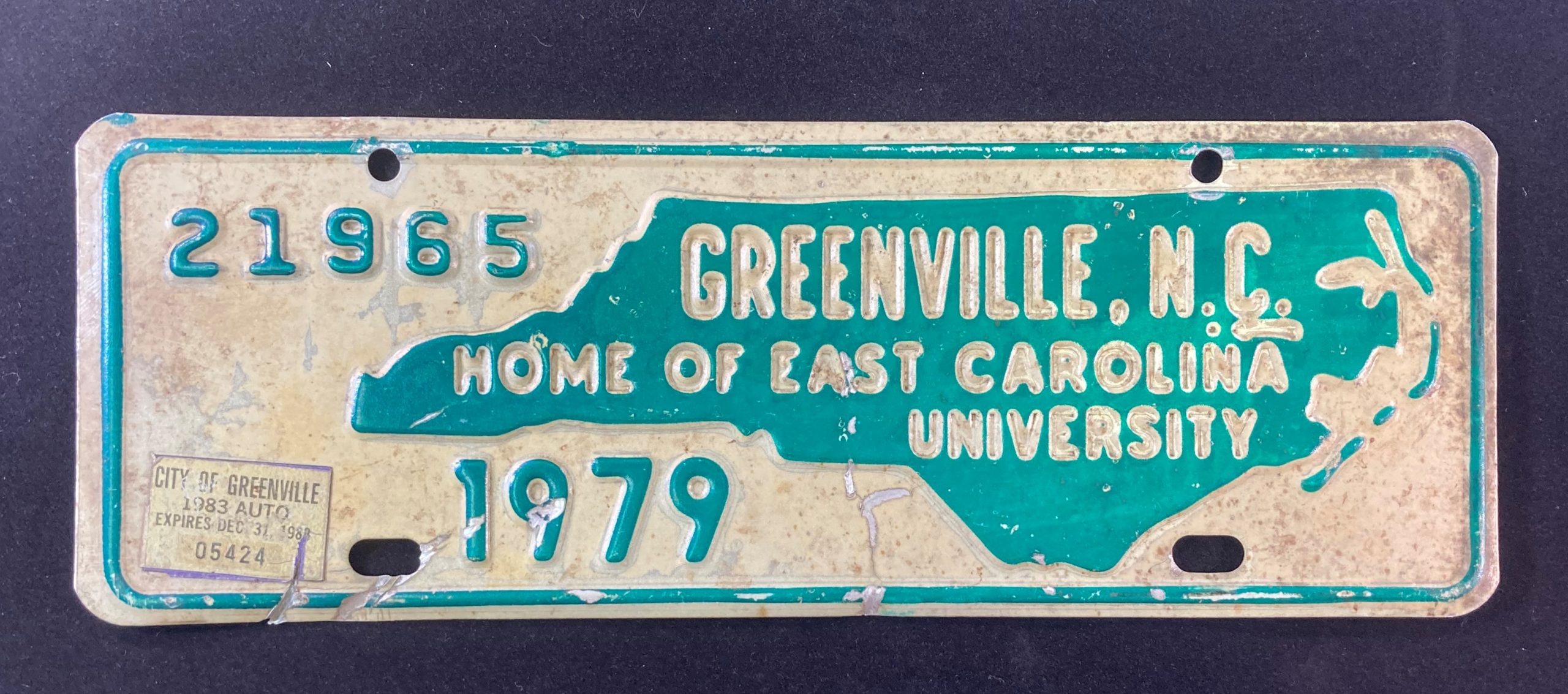“When World War II started, Douglas Municipal Airport was renamed Charlotte Army Air Base. It had been taken over by the Army just months before Pearl Harbor. At the dedication Fiorello H. La Guardia, mayor of New York City, told about 10,000 visitors, “We are challenged by Adolf Hitler now.”
“In 1942 the airport was renamed Morris Field, in honor of Harrisburg native William Colb Morris, who had served as a World War I flier and instructor. Over the course of the war the federal government spent $6 million to create and operate a pilot training base.
“In 1946 the airport was turned back to local officials. Renamed Charlotte Municipal Airport, it would eventually grow into Charlotte Douglas International Airport.”
— From “Morris Field” by the Charlotte-Mecklenburg Library
Coined in early 1941 to promote Army recruitment, “Keep ‘Em Flying!” became a popular homefront rallying cry (and the name of an Abbott and Costello comedy).

